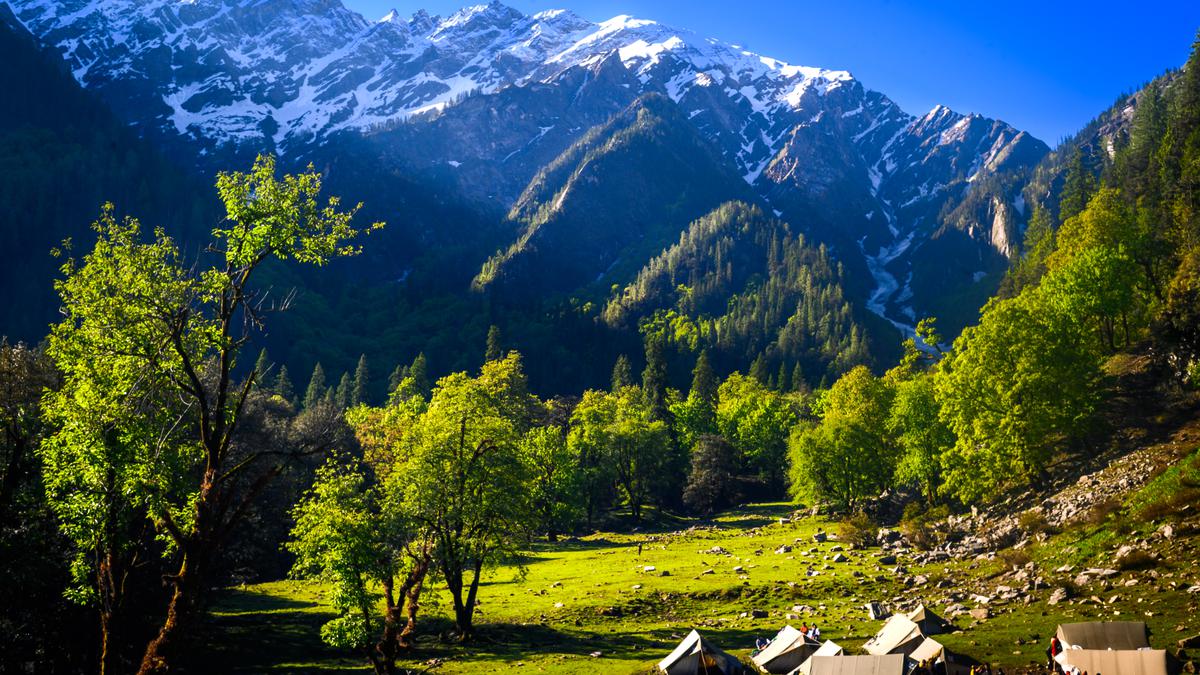
'Himalayan Task': NDRF to station permanent teams in hills for high-altitude rescue operations
The Hindu
The specialised mountain rescue teams of the NDRF will have special equipments which will help the army for its mountaineering tasks.
The National Disaster Response Force (NDRF) is mulling to permanently station specialised mountaineering teams in the higher reaches of the Himalayas so that they are ready and acclimatised to launch swift rescue operations during snow avalanches, land slides and glacial lake outburst floods among others, officials said.
The federal contingency force has initiated a slew of measures to prepare its saviours for tackling natural and man-made catastrophes in these fragile mountain ranges on India's north which, according to experts, may see a rise in accidents due to a variety of reasons, including climate change and human development.
The force, that draws its complete manpower on deputation from paramilitary forces, proposes to keep multiple small teams of four-five mountaineering trained personnel at the border posts of various Central Armed Police Forces (CAPFs) like the Indo-Tibetan Border Police (ITBP).
Apart from the China LAC guarding ITBP, the Sashastra Seema Bal and the Border Security Force (BSF) too have posts at high-altitude as part of their mandate to guard the Nepal, Bhutan and Pakistan borders.
NDRF Director General (DG) Atul Karwal said the force is taking a number of steps to tackle disasters in the mountains as there is an "aggravated" threat of such incidents occurring in the future.
He was speaking about the new initiatives being undertaken by them in this domain during a recent session on 'disaster response in mountains', held to mark the 18th Raising Day of the force on January 19 here.
"The Himalayas are a young mountain range...the forces that made them are still at work and hence these ranges are not settled and stable...something is changing here and the reasons attributed to these by the experts are many like climate change, uncontrolled development and breach of load bearing capacity of these regions," Mr. Karwal said.













